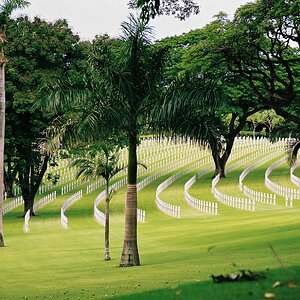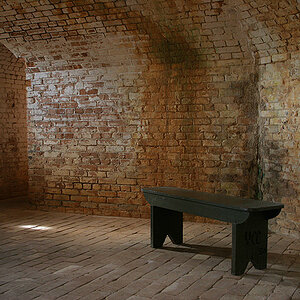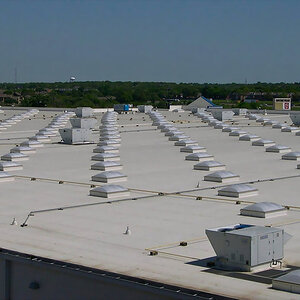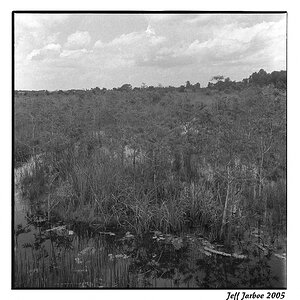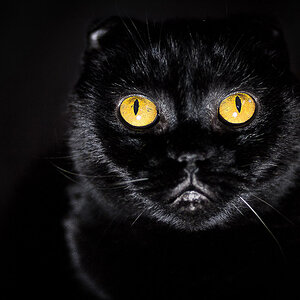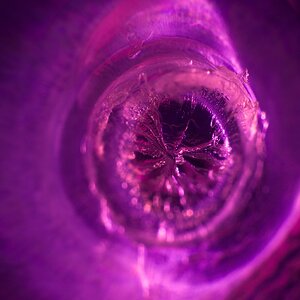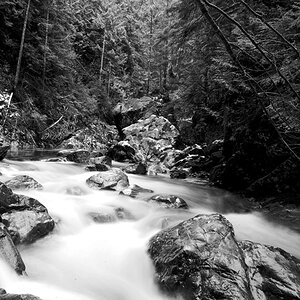TBAM
TPF Noob!
Wow TBAM, thanks for all the info!
Thats really good to know, and you explained it very well.
Kinda relieves me that you clarified that, thinking that at 14mm i was really at 28mm kinda scared me lol, almost ran out and got a new camera.
Now lets say i was to purchase a Sigma lens (compatible is it not?) or any other third part lens, is that when cropping issues and all that come into affect?
Sorry to dissapoint, but when your lens is at 14mm you are actually at 28mm.
The reason is, because the lens is standardised (like all SLR lenses) it is marked for it's physical focal length on a 35mm camera.
So with your lenses, you have a 28 - 84mm lens and an 80-300mm lens essentially.
But your images aren't cropped images, like on an APS-C or Nikon/Canon crop camera. They are "full-frame" images on a 17.5mm sensor.
For example:
On my Canon XTi, with a 1.6x crop factor, my 50mm prime is effectively an 80mm lens.
This is not correct. the 50mm prime is still a 50mm prime, however the camera is only seeing 60% of the image. Because that 60% takes up the whole sensor, it equates to the "zoom" or focal length of having an 80mm lens. However, in this case they are getting 60% of the quality essentially, because the image from the lens is designed for a larger sensor. Although, the difference in quality in a realistic sense is often negligable or unnoticable, as the centre of the lens is often the sharpest point.
However on an Olympus 4/3 system you are getting 100% of the view, and 100% of the quality that the lens is providing.
Lastly, as previously stated, the bad side of this, is that because the sensor is half the size. They are trying tofit 10million pixels onto a 17.5 sensor as opposed to say the Nikon D3 fitting 12 million pixels into a 35mm sensor.


